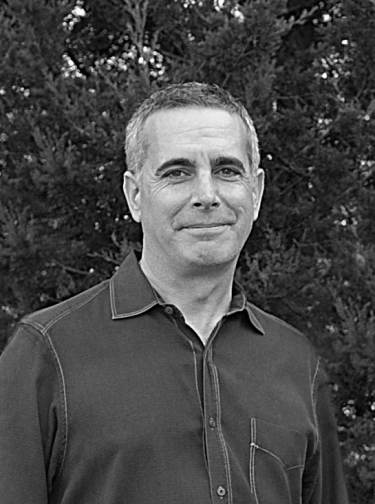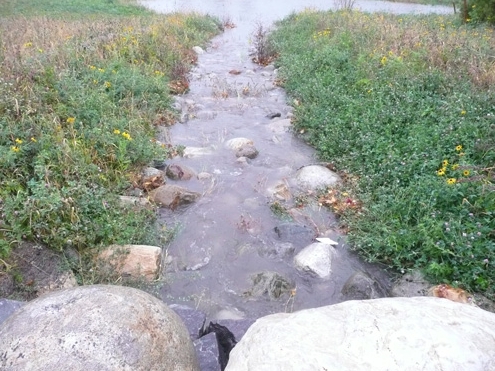
Continuing its dual mission of performing projects that protect Lake George water and of engaging the public in discussions about lake-friendly living, the Lake George Association has been awarded two grants from the Lake Champlain Basin Program.
The first grant, for $7,500, will help underwrite the costs of the LGA’s Floating Classroom, which takes students onto Lake George in the LGA’s custom vessel to teach them what distinguishes Lake George from other lakes in the state and provides them with a real-world learning experience on environmental topics.
“We are so thankful to the Lake Champlain Basin Program for awarding us this grant,” said Kristen Rohne, Director of Education for the Lake George Association. “We rely heavily on grants and donations to keep the Floating Classroom operating so we can create a new class of Lake stewards each year.”
Each weekday during the spring and fall, Rohne and LGA Educator Jill Trunko fill the Floating Classroom with groups of eager students for a two-hour program where students identify animals that live in the Lake, measure the clarity of the water, and deepen their understanding of how to keep the Lake healthy. Since 2008, more than 9,000 students have participated.
The custom vessel that the LGA uses for the Floating Classroom – the Rosalia Anna Ashby – was built to our educational specifications thanks to Bruce Ashby, an LGA board member whose generous financial support helped to fund the purchase.

The second grant, for $13,430, is a pollution prevention grant for stormwater mitigation projects on the west side of the Lake in the Town of Lake George.
Working together with homeowners in the Lake View Estates area, professionals from the Warren County Soil and Water Conservation District performed a watershed assessment to determine what potential projects could be performed to cut back on the amount of stormwater that is draining into the Lake. The current flow of stormwater is forming a delta on the shore, and also is potentially carrying other pollutants into the Lake.
While the assessment unveiled dozens of potential projects, staff from the LGA and from the Soil and Water District have determined that a number of smaller projects will be performed – creating a new floodplain in one area, adding more vegetation to existing swales, installing dry wells – in order to mitigate stormwater flow and allow time for the sediment now being carried in the water to drop out.
“This whole process shows how the LGA works together with homeowners and other environmental professionals to protect Lake George and emphasize lake-friendly living,” said Randy Rath, LGA Project Manager.
Construction on the projects being funded by the Lake Champlain Basin Program grant in the Lake View Estates area will begin in the spring.







 Members of the Lake George Association staff attended a presentation by Lake George Park Commission officials on Wednesday where Commission staff presented to the public a proposal it had drafted discussing the Commission’s jurisdiction over various components of docks and wharfs.
Members of the Lake George Association staff attended a presentation by Lake George Park Commission officials on Wednesday where Commission staff presented to the public a proposal it had drafted discussing the Commission’s jurisdiction over various components of docks and wharfs.

